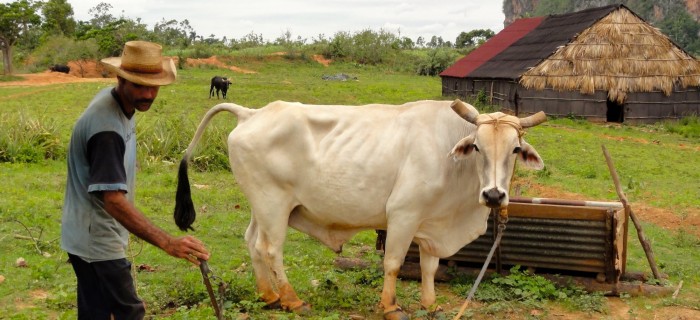The FAO’s The State of Food and Agriculture 2012 Report
The world’s 1 billion smallholder farmers from low and middle-income countries—not governments or corporations—are the biggest investors in agriculture. Even though most of these producers are poor and invest an average of only $150 per year, they still invest four times more than governments and 50 times more than industry. Their $170 billion per year investments feed over half the world.
This is the message of the FAO´s 2012 annual report, entitled “Investing in agriculture for a better future,” released this December in Rome in which the FAO calls for a “farmer-centered” approach to agricultural investment.
“A new investment strategy is needed that puts agricultural producers at its center,” said FAO Director- General José Graziano da Silva. “The challenge is to focus the investments in areas where they can make a difference. This is important to guarantee that investments will result in high economic and social returns and environmental sustainability. ”
For this to happen, the FAO recommends:
- Governments and their development partners need to help smallholders mobilize their own savings and gain improved access to credit.
- Stronger producer organizations, such as cooperatives, can help smallholders deal with risks and provide better market access.
- Social protection [to] contribute to the expansion of the asset base by the poorest smallholders.
The FAO recognizes that investing in agriculture is essential for poverty and hunger reduction, and that effective agricultural investment strategies need to start with poor farmers. There are many policy and market barriers to farmers’ investment, including poverty itself, and the FAO calls on the public sector to create favorable investment conditions for smallholders.
In addition to the generic call to invest in agricultural research, the FAO also recommends that governments and donors prioritize investment in essential public goods in the countryside such as infrastructure, education and health, all of which have “… much higher returns than spending on subsidies for agricultural inputs such as fertilizer.” With these statements, the FAO contradicts the “GMOs and fertilizers will save us from hunger” argument. This is not what agribusiness wants to hear.
Also in this issue of News & Views:
Stay in the loop with Food First!
Get our independent analysis, research, and other publications you care about to your inbox for free!
Sign up today!- “Historic Summit of Food Justice Organizations Held in Oakland, CA” by Leah Scrivener
- “UC Berkeley Launches First-Ever Food Labor Research Center” by Leah Scrivener


 Help Food First to continue growing an informed, transformative, and flourishing food movement.
Help Food First to continue growing an informed, transformative, and flourishing food movement.




